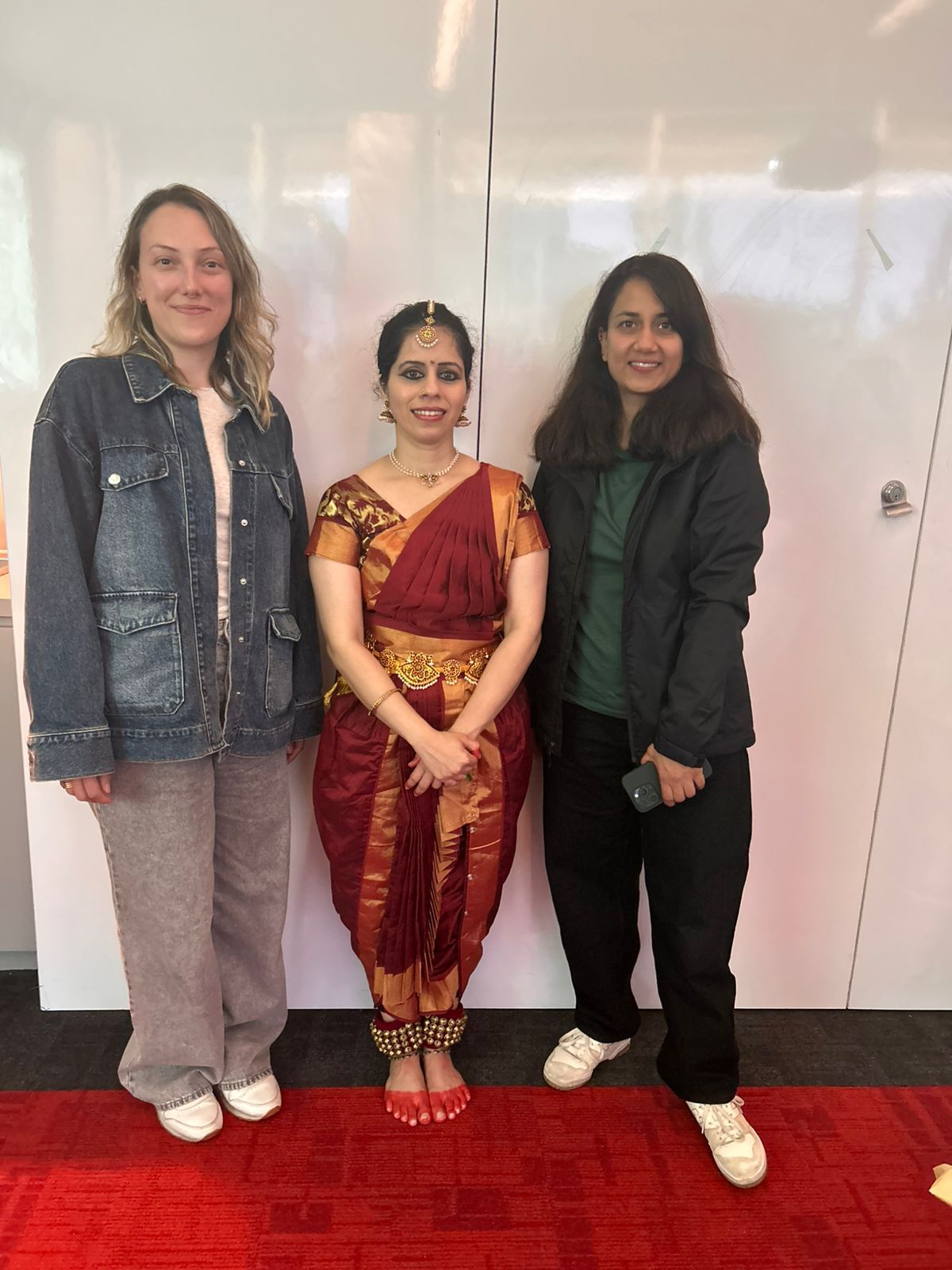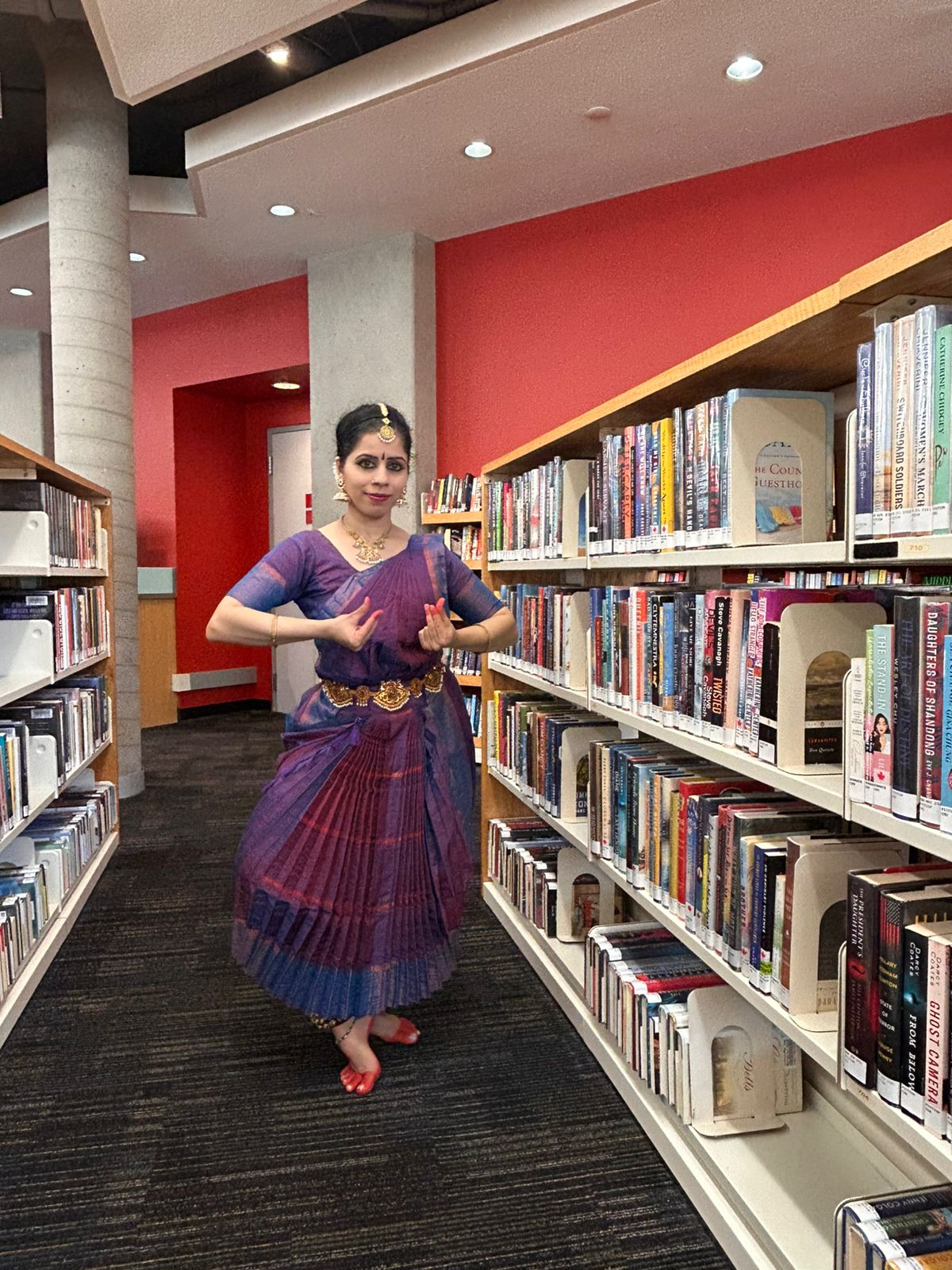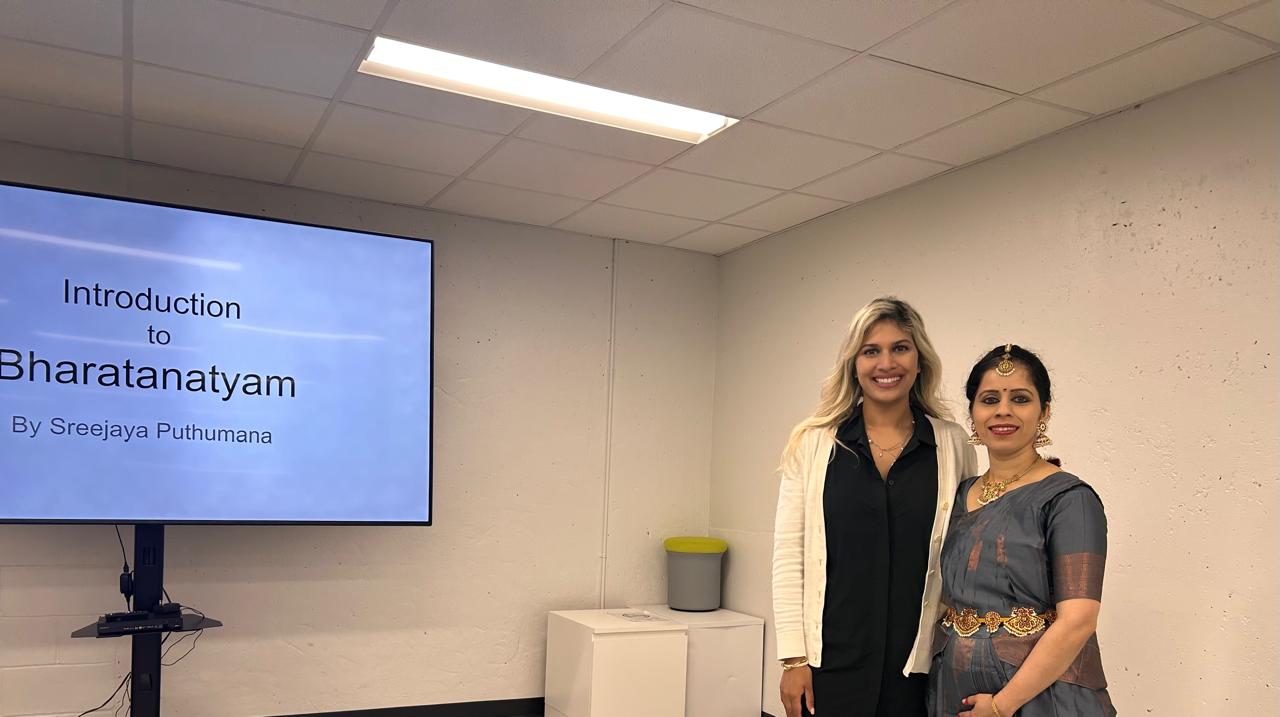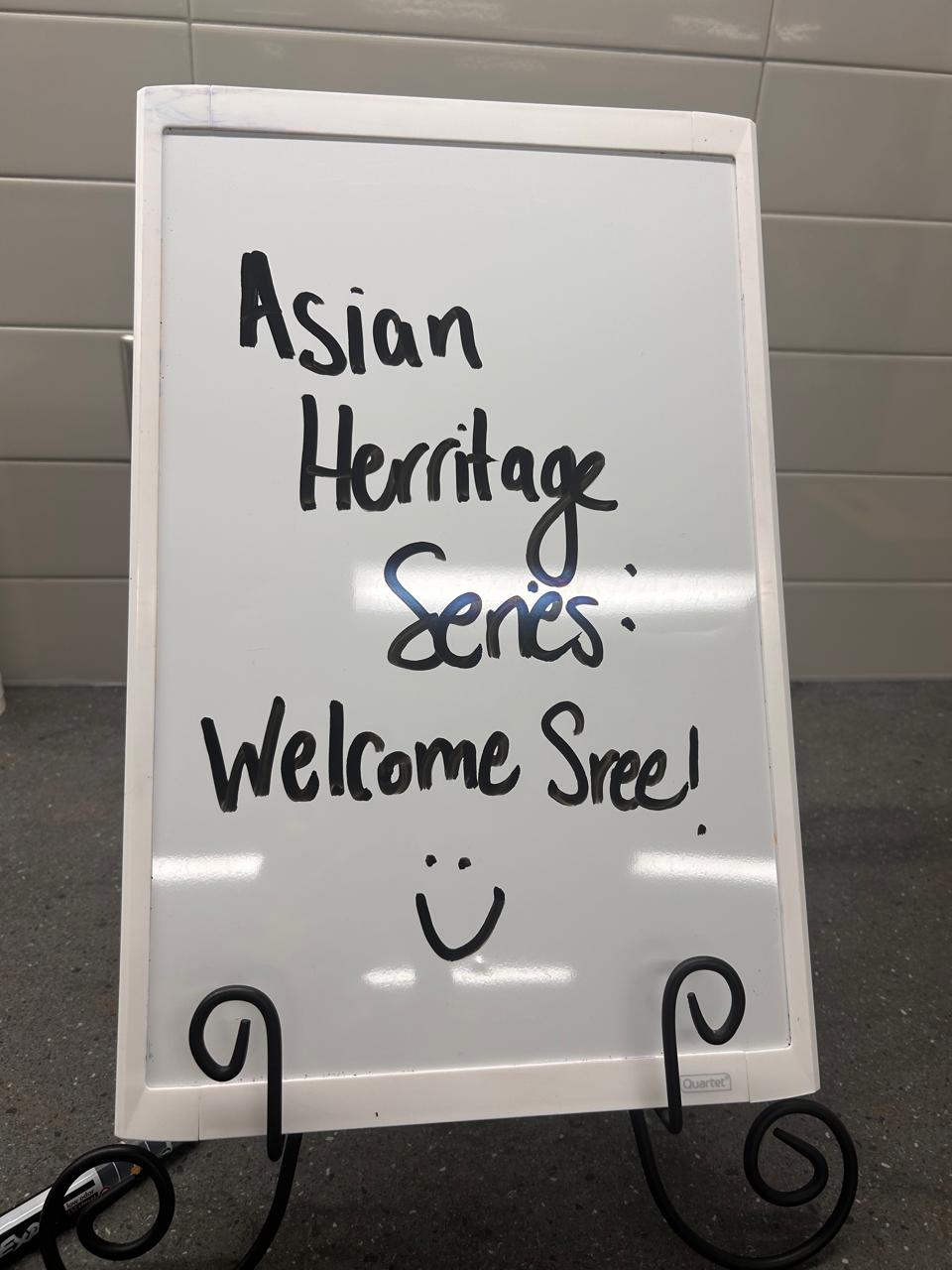America
Celebrating Asian Heritage Month: Bharatanatyam Finds a Place on the Canadian Cultural Stage.

Every May, Canada celebrates Asian Heritage Month, recognizing and honouring the rich cultural contributions of Asian communities across the country. In a groundbreaking initiative this year, classical Indian dance Bharatanatyam was featured for the first time as part of the celebrations. This historic inclusion marks a proud moment for the South Asian diaspora and a significant step toward deeper intercultural understanding.
The performances took place across four Toronto Public Library branches. The first event was held at Lillian H. Smith Library on May 17, followed by a session at Agincourt Library on May 24. The third performance was hosted at Mount Pleasant Library on May 27, and the final session took place at Fort York Library on May 28.

Each session was presented as an interactive workshop, rather than a traditional stage performance. This format gave audiences a unique opportunity to engage directly with this ancient and disciplined art form. The vibrant costumes, expressive storytelling, and soulful Carnatic music captivated attendees, many of whom were experiencing Bharatanatyam for the very first time.
A Thoughtfully Curated Cultural Experience
The events were meticulously organized by program coordinators at each library branch. Promotional materials were shared through the Toronto Public Library website, and pre-registration allowed for smooth planning and logistics. Each venue was set up with care, including performance halls, microphones, projectors, digital signage, and seating arrangements.
Each library began the program by offering a land acknowledgement, paying respect to the traditional territories of the Mississaugas of the Credit, Anishnabeg, Chippewa, Haudenosaunee, and Wendat peoples. This meaningful gesture reminded attendees of the ongoing journey toward reconciliation and inclusivity. These values closely align with the spirit of Asian Heritage Month, which aims to celebrate diversity and promote cross-cultural learning.

Introducing Bharatanatyam to a New Audience
The featured performer, Sreejaya Puthumana, is a certified Bharatanatyam artist residing in Canada. She holds a diploma and associate degree in the art form and is also a certified yoga instructor with a postgraduate diploma in yoga therapy. She continues her Bharatanatyam training under the guidance of Guru Kalakshetra Vishnu Bhasi and Acharya Vishalakshy Parvathy K.G. from Kerala, India.
Sreejaya began each session by providing cultural and historical context to Indian classical dance. She introduced Lord Nataraja, the cosmic dancer, and explained foundational concepts such as Nritta (pure dance), Nritya (expressive dance), and Natya (dramatic storytelling).
Her demonstrations included pieces like Pushpanjali, Alarippu, Jatiswaram, Kautwam, Shabdam, and Keerthanam, which illustrated the various aspects of Bharatanatyam’s technical and emotional vocabulary. The workshops encouraged interaction, and the audience eagerly engaged with questions that extended the sessions beyond their scheduled time. An Audience Full of Curiosity and Wonder

The sessions drew a diverse crowd, including many Canadian-born attendees unfamiliar with Bharatanatyam, as well as members of the Indian diaspora eager to reconnect with their cultural roots. The thoughtful and enthusiastic questions from the audience highlighted their genuine interest:
“Did you expect us to respond during your performance? I felt like answering back so many times!”
“I have knee pain. Can I still learn this art form?”
“What’s the significance of the painted hands and feet?”
“Is your jewelry mentioned in the Natya Shastra as well?”
“How do you remember so many dances?”
“How did you regain stamina after motherhood?”
“How do dancers control their breathing?”
“Why does Bharatanatyam conclude with the Anjali Mudra?”
“Do I need to understand the language to learn this dance form?”
“If someone else performs the same piece, will the choreography be the same?”
These questions opened the door to deeper conversations about the discipline, spirituality, and creativity that define Bharatanatyam. Sreejaya emphasized that dance, like language, is built on structure. Just as we learn alphabets to form words and sentences, Bharatanatyam is learned through a disciplined progression of technique and expression.
While some choreographies are traditional and preserved through generations, others are newly composed within the boundaries of Bharatanatyam’s grammar. For pure dance (Nritta), the movements are abstract and do not rely on lyrics. In expressive dance (Nritya and Natya), the emotional component, known as Rasa, reaches the audience through Abhinaya, which means “leading the audience.” When viewers feel compelled to respond emotionally, it signifies that the Rasa has been successfully conveyed, even without shared language.

Dance Beyond Words
One of the most powerful messages from these sessions was that dance transcends language. Although many in the audience did not understand the Tamil or Sanskrit lyrics traditionally used in Bharatanatyam, they were still able to connect with the stories, emotions, and aesthetics of the performance.
Sreejaya explained that Bharatanatyam is more than performance. It is a platform for expressing emotion, building stamina, staying rooted in cultural heritage, cultivating discipline, and developing confidence. It has the power to bring communities together and foster a deeper appreciation of shared humanity through artistic expression.
A Milestone in Cultural Exchange
This year’s inclusion of Bharatanatyam in Asian Heritage Month programming was a meaningful step forward in recognizing and celebrating South Asian culture within Canada’s multicultural landscape. It offered a moment of visibility, pride, and connection for the Indian community and provided a valuable learning experience for others.
As each session closed with the Anjali Mudra, a gesture of gratitude and respect, the joy and curiosity on the faces of the audience members made it clear that Bharatanatyam had created a lasting impression.



































